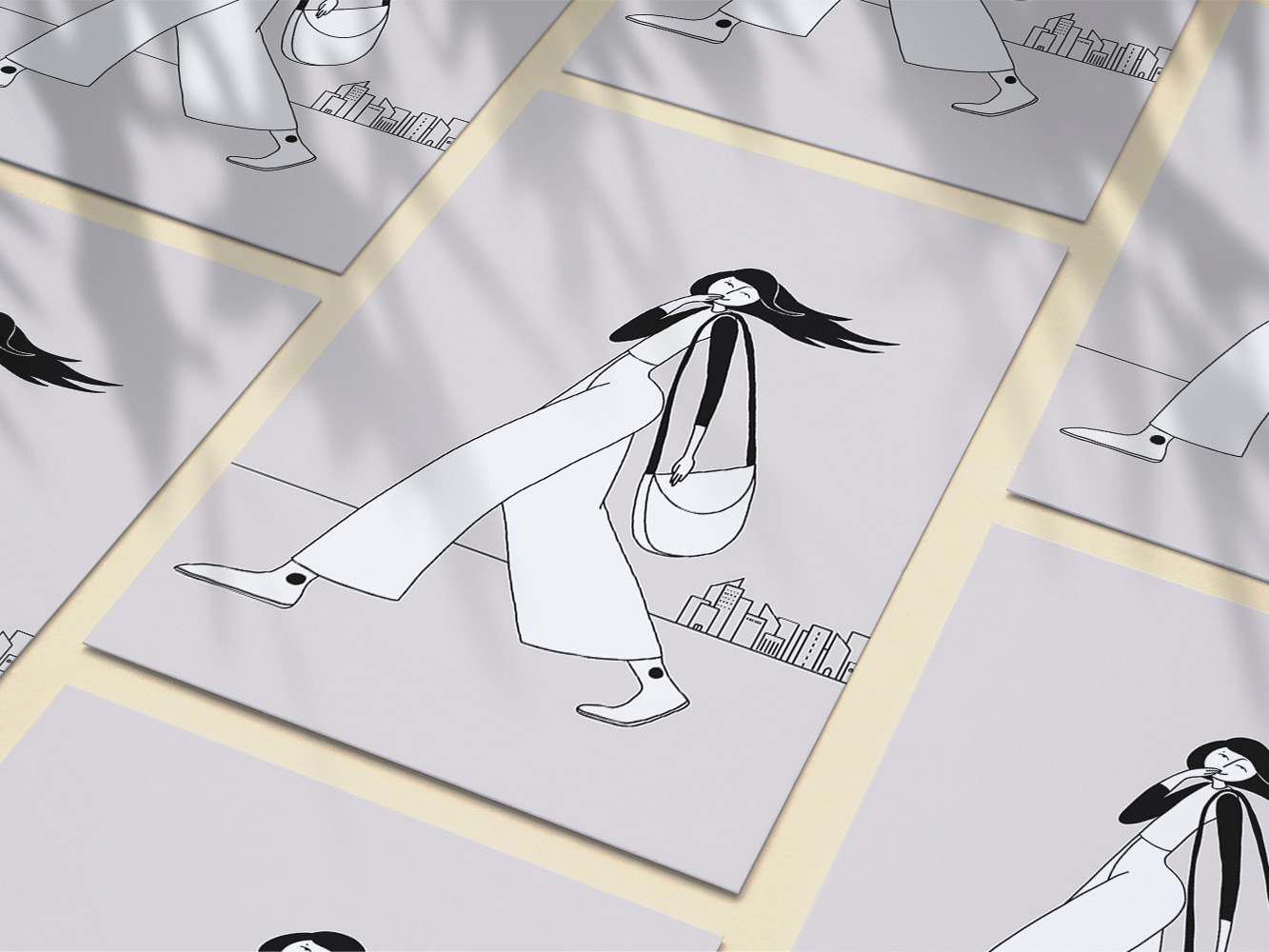Composition is a fundamental aspect of illustration that significantly impacts how viewers perceive and interact with a piece of art. By thoughtfully arranging visual elements within a space, an illustrator can guide the viewer’s eye, create balance, and convey a particular mood or message. In this blog post, we’ll explore key principles of composition in illustration and how you can apply them to enhance your creative work.
Understanding Composition
Composition refers to the arrangement of elements within an artwork. It’s about organizing shapes, colors, lines, and textures in a way that is visually appealing and effectively communicates the intended narrative or emotion. Good composition ensures that the illustration is cohesive and engaging.
Key Principles of Composition
Balance
Symmetrical Balance: This involves mirroring elements on either side of a central axis. It’s often used to create a sense of formality and stability.
Asymmetrical Balance: This involves varying the visual weight of elements across the composition. It’s more dynamic and can create a sense of movement or tension.
Focal Point
The focal point is the area of the composition that attracts the most attention. It’s where the viewer’s eye naturally lands first. You can create a focal point using contrast, color, size, or placement.
Rule of Thirds
Dividing the composition into a grid of nine equal parts (three rows and three columns) helps in placing key elements along the lines or at their intersections. This technique can create more interest and energy than simply centering the subject.
Leading Lines
Lines within the illustration that guide the viewer’s eye toward the focal point or through the artwork. These can be literal lines, like paths or roads, or implied lines, like the direction of a character’s gaze.
Depth and Perspective
Creating a sense of depth can make an illustration more immersive. This can be achieved through techniques like overlapping elements, varying sizes (larger objects appear closer), and using atmospheric perspective (distant objects appear lighter and less detailed).
Contrast
Contrast in color, value (light and dark), size, and texture can help to emphasize certain elements and create visual interest. High contrast areas often become focal points.
Repetition and Rhythm
Repeating elements can create a sense of unity and coherence. Rhythm, which involves creating a visual tempo through repeated elements, can lead the viewer’s eye across the composition in a controlled manner.
Practical Tips for Illustrators
Sketch and Plan
Before diving into the final illustration, create thumbnails or rough sketches to explore different compositions.
Use Grids and Guides
Tools like grids can help in applying the rule of thirds and ensuring balanced compositions.
Experiment with Angles
Changing the viewpoint can add interest and dynamism to your illustration.
Mind the Edges
Be aware of how elements interact with the edges of your composition. Avoid placing important elements too close to the edge unless it’s a deliberate choice.
Conclusion
Mastering composition in illustration is an ongoing process that involves both understanding theoretical principles and experimenting in practice. By applying these principles thoughtfully, you can create illustrations that are not only visually pleasing but also effectively communicate your intended message or story.









